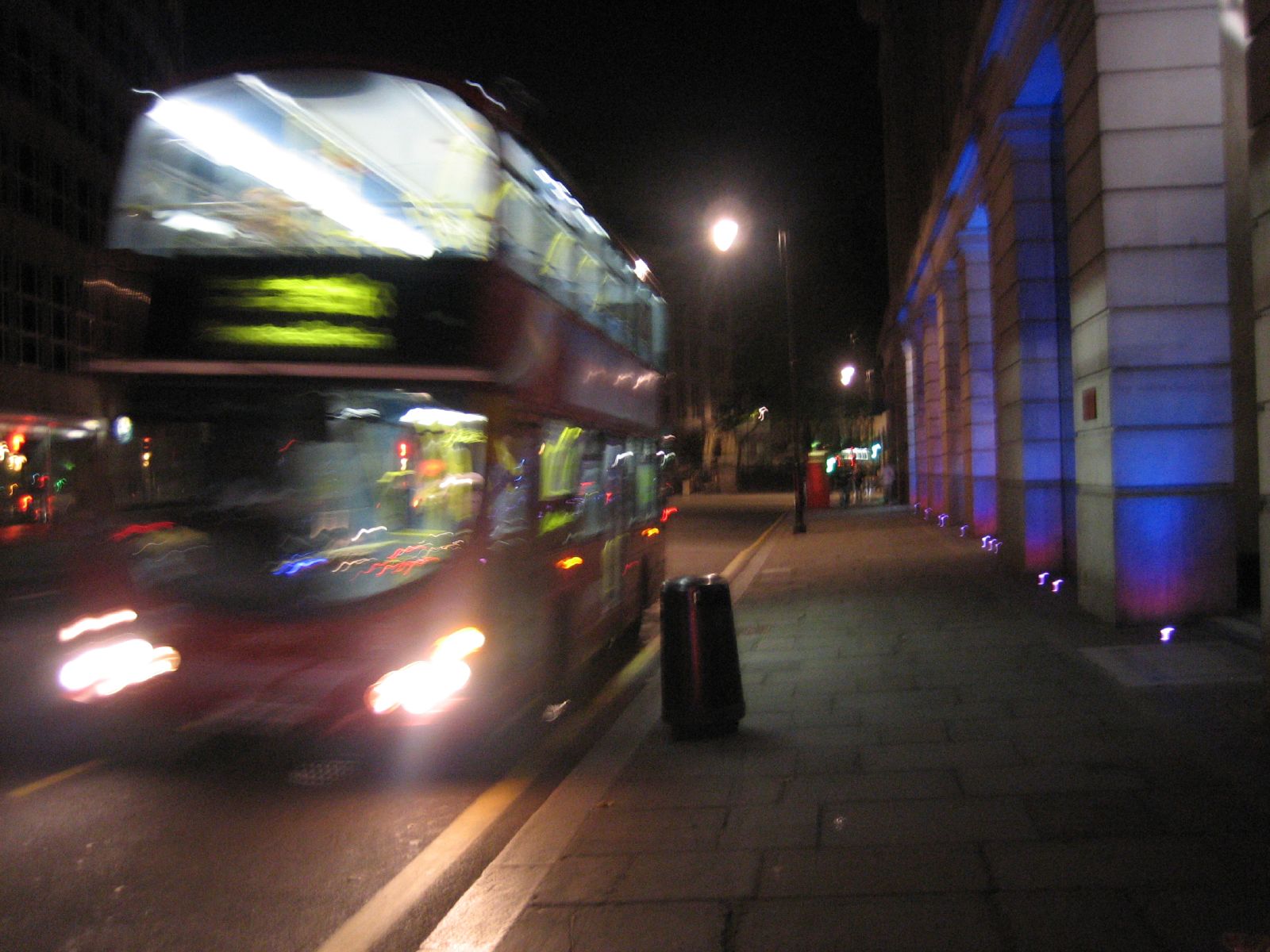
Night Bus Provision
Summary
We have rated the level of night bus provision in your neighbourhood.
| Dataset | Explanation |
|---|---|
| Night Bus Provision Score | This is a composite indicator based on the number of night buses serving your neighbourhood and the frequency of those services. Scores close to 100 indicate that a neighbourhood is served by a high number of very frequent night buses, while scores close to 0 indicate that a neighbourhood is served by a low number of infrequent night buses. |
| London-wide Average Night Bus Provision Score | This is the London-wide average (i.e. mean) of all the Night Bus Provision Scores. |
| Walulel Night Bus Provision Score Quartile | This tells you whether a postcode is in the top, middle or bottom 25% of postcodes for nightbus provision. |
Definition
Walulel’s night bus score is a score out of 100 (with 100 being the best), based upon the number of local night bus routes, stops and the frequency of services delivered in your neighbourhood.
Why the metric matters from a commercial inhabitant’s perspective
From a commercial inhabitant’s perspective, a higher night bus provision rating has a number of commercial benefits. Obviously, sites located in neighbourhoods with a high night bus provision rating can support greater numbers of staff at all hours (should they need to travel to and from the commercial premises).
Additionally, in neighbourhoods where there is a strong local night bus offering, this can be one of the best indicators that such neighbourhoods are better placed to support night time economic activity.
Why the metric matters from a residential inhabitant’s perspective
The higher the night bus provision rating, the greater the neighbourhood is easily and round the clock connected to the rest of London, which can be considered attractive to new and existing residents seeking to travel around the city at all times of day. This is especially important in areas not served by the night tube network.
High night bus provision ratings may however not be considered favourable by new and existing residents who are seeking quieter neighbourhoods by day and quiet street traffic at night: as traffic congestion in these neighbourhoods can be higher, generating greater noise, light and air pollution than other areas. Local pavements can become overcrowded around popular night bus stops and prevent clear thoroughfares for local residents.

(Photograph: Wikimedia Commons)
Commentary
Whether or not you use night buses in London or are interested in your local night bus services, Walulel’s Bus Provision rating indicates a wider range of characteristics within a neighbourhood. For example, you can expect a more urban vibe where there is a higher night bus provision rating. These pockets of the city are usually more vibrant and supported by a range of shops and amenities.
Neighbourhoods with frequent night bus services will often run between areas of the city that have a night scene, i.e. neighbourhoods with a number of premises with late night licenses (e.g. the 243 running between Shoreditch and Waterloo). Night bus services are considered hugely important to many Londoners. Although there have been some night tube services opened that are offering extended hours of services on the Victoria, Piccadilly, Northern, Jubilee and Central lines, many neighbourhoods still rely on night-night bus service provision to serve the needs of local residents.
Trivia
Do you know why London buses are painted red? The London General Omnibus Company (LGOC) painted their whole fleet of night buses red in 1907 to make their service stand out against competitors. The Metropolitan Police praised this decision as the red buses could be seen more clearly by pedestrians. This also led to numbers being introduced onto the night buses in large writing to indicate which buses belonged to different bus routes.
History
Bus services were first implemented in London with the horse-drawn ‘omnibus’ service in 1829, pioneered by George Shillibeer. This was based upon a large horse-drawn coach service that he had designed for the city of Paris in the 1820’s. The first London bus service ran between Padding-ton and Bank, running four times a day with a capacity for twenty-two passengers at any one time.
A ticket for one journey was charged at one shilling (5pin today’s monies) and was only considered an accessible mode of transport for wealthier Victorians. The first motorised was implemented in 1902, characterised by the ‘B-Type Bus’. A number of these night buses were used to transport troops in World War I as they were considered very reliable. When buses became very popular and by the 1920’s, there was not enough service capacity to cater for the demand of Londoners. This led to a number of ‘pirate’ buses services coming in to service to offer an independent and alter-native service, often taking back-streets and unconventional routes.
The iconic London ‘Routemaster’ bus was brought into operation in 1956, with its hop on-off rear entrance. This was replaced in 2005 with the modern double decker bus following a number of accidents and limited accessibility of the London Routemaster.